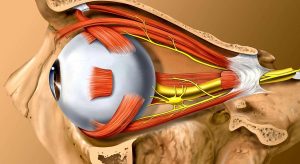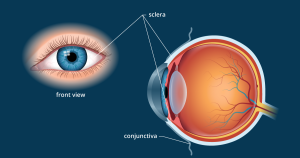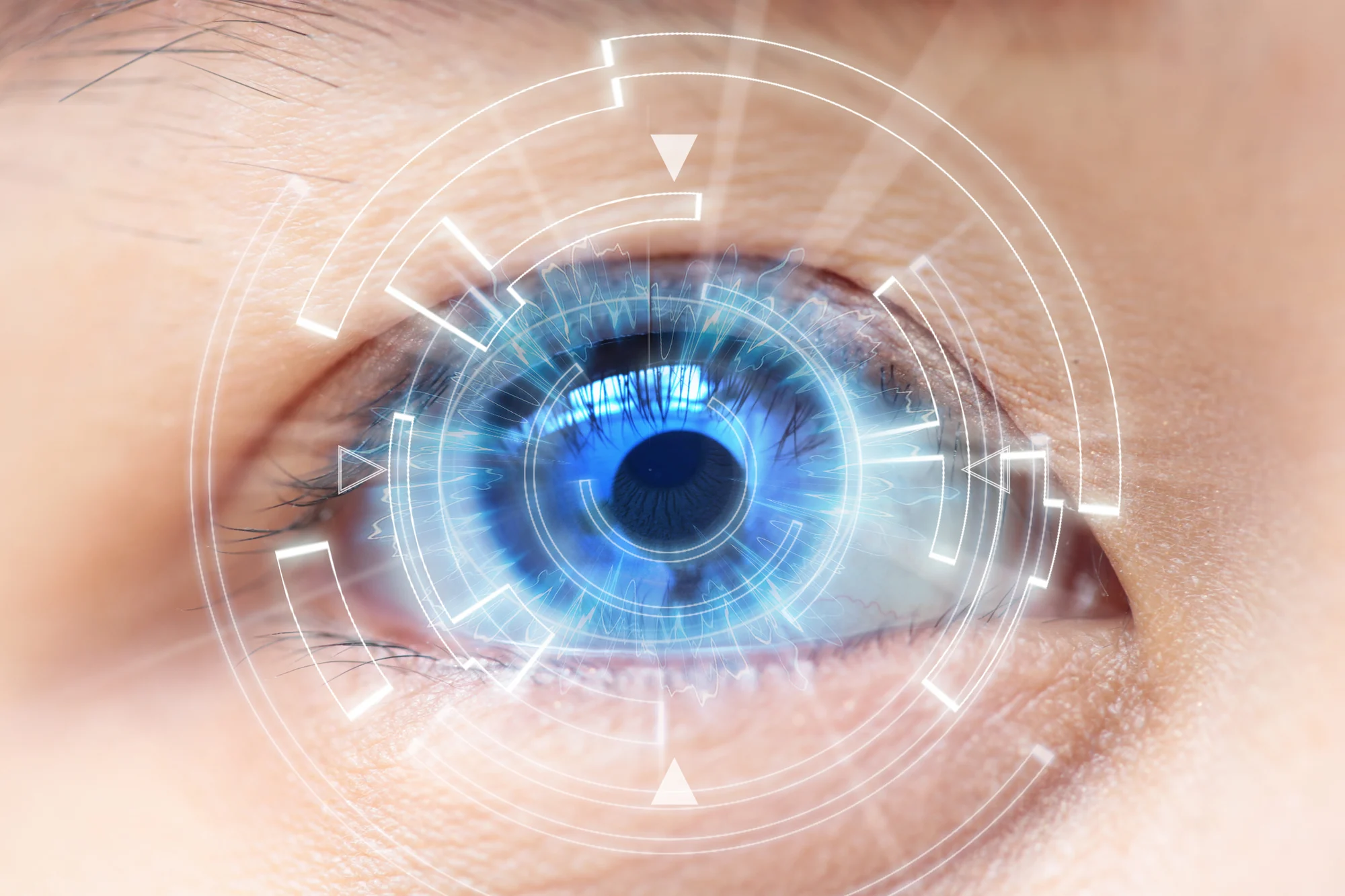Introduction
Embarking on a profound exploration of the intricate world of Eye Structure opens doors to a deeper understanding of the remarkable mechanisms that govern the sense of sight. The eyes, often regarded as the windows to the soul, are marvels of biological engineering. In this comprehensive journey, we will navigate through the multifaceted components that orchestrate the mesmerizing symphony of vision.

Unveiling the Intricacies of Eye Structure
The marvel of vision hinges on the intricate workings of the eyes, where various components harmonize to facilitate the incredible ability to see. Let’s delve into the detailed anatomy:
Navigating Refracting Tissues
1. Pupil
The pupil, a dark spot within the iris, dynamically adjusts its size in response to changing light conditions. Its ability to constrict in bright light and dilate in low light protects the sensitive retina.
2. Iris
Colloquially known as the colored part of the eye, the iris governs both the size of the pupil and the amount of light reaching the retina. It operates analogously to a camera aperture, regulating the visual experience.
3. Lens
The transparent, convex lens follows the pupil, fine-tuning the focus of incoming light onto the retina. Over time, the lens undergoes changes, becoming stiffer and less flexible, impacting the eye’s focusing capabilities.
4. Ciliary Muscle
Attached to the lens, the ciliary muscle dynamically changes the lens’s shape through a process known as accommodation. This crucial adjustment contributes to the eye’s ability to focus on objects at varying distances.
5. Cornea
Functioning as a clear, dome-like layer, the cornea covers the pupil, iris, and anterior chamber. Rich in nerve endings, the cornea serves as the eye’s first line of defense against foreign objects and injury, also directing light into the eye.

Illuminating Light-Sensitive Tissues
1. Retina
The retina, the innermost layer of the eye, hosts millions of light-sensitive photoreceptor cells that convert light into electrical impulses. These signals are then transmitted to the brain for processing, forming the basis of visual perception.

2. Optic Nerve
A robust bundle of nerve fibers, the optic nerve conveys signals from the retina to the brain. Ganglion cells within the retina, sensitive to different visual aspects, collaborate to ensure a comprehensive transfer of visual information.

3. Brain
The visual cortex in the brain orchestrates signals from both Eye Structure, providing depth perception and culminating in the creation of images. This intricate process underscores the collaboration between the eyes and the brain in the visual experience.

Sustaining Support Tissues
1. Sclera
Often referred to as the whites of the eyes, the fibrous sclera provides structural support to the eyeball. Its attachment to muscles allows versatile eye movements, aligning with the gaze’s direction.
2. Conjunctiva
A thin, transparent membrane covering the sclera and lining the eyelids, the conjunctiva does not extend over the cornea. Tear glands contribute fluid for lubrication and protection against microbes.
3. Uvea
Constituting the middle layer of the eyeball, the uvea plays a pivotal role in supplying blood to the eye. Comprising the iris, ciliary body, and choroid, the uvea’s components work in tandem to maintain ocular health.

The Tapestry of Eye Conditions
A spectrum of health issues can influence vision, encompassing genetic factors, inherent features, aging, and other health conditions. Some noteworthy examples include:
- Achromatopsia (Color Blindness)
- Age-Related Macular Degeneration
- Amblyopia (Lazy Eye)
- Astigmatism
- Cataracts
- Glaucoma
- Uveitis

Navigating the Path to Medical Attention
Timely medical intervention becomes imperative when encountering specific indicators, including:
- Sudden vision changes
- Severe pain, redness, or sensitivity to light
- Loss of vision or double vision
- Eye injuries or alterations in the eye socket
Conclusion
In conclusion, vision emerges as a complex process, intricately woven through the collaboration of various eye components and the brain. Regular eye examinations stand as a crucial pillar in identifying and addressing potential issues promptly. Individuals harboring concerns about their vision or eye health are strongly encouraged to seek the expertise of an ophthalmologist for specialized care and guidance.




